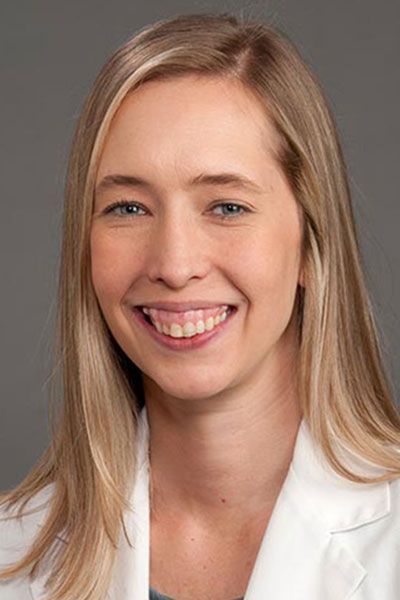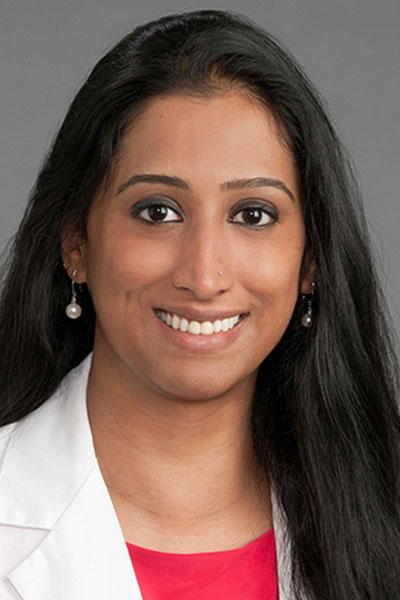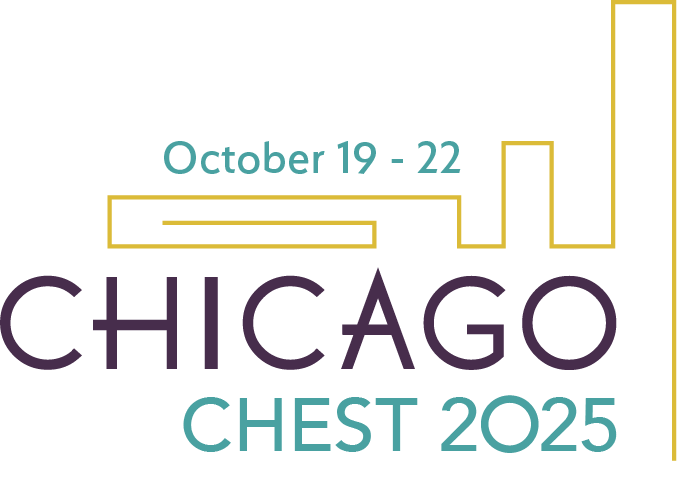As the use of mechanical circulatory support in cardiothoracic surgery continues to grow, care teams will be increasingly called upon to evaluate new device options, troubleshoot common issues, and use this knowledge to optimize each patient’s unique treatment journey.
Experts will share insights and updates from the field during the CHEST 2025 session Mechanical Circulatory Support in CT Surgery: Maximum Overdrive on Monday, October 20, at 11 am, in McCormick Place, Lakeside Center, Room 351.

Hillary Ohlsson, MD, Clinical Assistant Professor at the University of South Carolina School of Medicine and Emergency Medicine Specialist for Prisma Health, will begin the session by presenting a patient case study, highlighting important factors providers must consider, as well as several gray areas that can derail the road to recovery.

Often, patients who require a mechanical circulatory support device are seen in the clinic or emergency room presenting signs of cardiogenic shock. The first significant decision for care teams is selecting the right device for each patient—a constantly evolving landscape, said Session Chair Karuna Puttur Rajkumar, MD, MBBS, Assistant Professor of Cardiothoracic Anesthesia and Anesthesiology at Wake Forest University School of Medicine.
Robert Roether, MD, a cardiothoracic surgeon at Lutheran Health Physicians, will discuss this device selection process. For example, Dr. Rajkumar said, a patient presenting with left-sided heart failure might need a left-sided Impella device; right-sided heart failure would indicate the need for a right-sided Impella. If a patient’s condition is critically decompensated with multiple organs affected, the team might need to use a venoarterial extracorporeal membrane oxygenation device to support circulation.
“The initial moments of decision-making are a critical turning point in the patient’s outcome and success,” Dr. Rajkumar said. “Timing is crucial, so that’s where our decision-making skills and experience with these devices play a major role in the ultimate success of outcomes.”
Ideal treatment for these patients typically requires a multidisciplinary team to identify the individualized needs for each patient’s care, as reflected by the diverse experiences and specialties of the session panel.
“We’ve seen the development of shock teams throughout the country, which is super exciting because it creates a team of cardiothoracic surgeons, intensivists, and cardiologists to help manage these patients,” Dr. Ohlsson said. “Even if you’re in a community medical ICU without a lot of [patients on cardiac support] already, you’re definitely going to encounter [patients with cardiogenic shock]. Some will need escalating levels of care, so being aware of how to get those patients in front of a shock team can save lives.”
Once the appropriate mechanical circulatory support device is identified and successfully implanted, care teams must be prepared to manage numerous complications that might arise. Dr. Rajkumar will outline some of these crucial management strategies, such as monitoring anticoagulation for these devices to avoid clots.
“We’re also worried about blood, fluid, or air embolisms related to the maintenance of these devices on a daily basis,” Dr. Rajkumar said. “Of course, there’s also managing the physiology [and] looking for renal failure, hepatic failure, and other conditions that can appear if the devices are not appropriately managed.”
Weaning patients off these devices and, ultimately, decannulation are important final steps since the devices themselves come with their own set of risks and potential complications. Daniel LoVerde, DO, Assistant Professor of Medicine at the University of South Carolina School of Medicine and Chief of the Division of Pulmonary Disease, Critical Care, and Sleep Medicine at Prisma Health, will address this topic. Like the device selection process, these later steps also require a highly personalized approach.
“Anybody can manage these devices if they receive some education on them,” Dr. Ohlsson said. “We’re excited to expose all types of intensivists to these devices and [present] how they can improve care for their patients.”

Call for Topics Is Open
Feeling inspired by all the great sessions in Chicago? Help shape the curriculum for CHEST 2026, October 18 to 21 in Phoenix, by submitting topic ideas from areas you’re passionate about, topics affecting your practice, or new technologies you’d like to learn more about. The submission deadline is Tuesday, December 2, at 2 pm CT.


